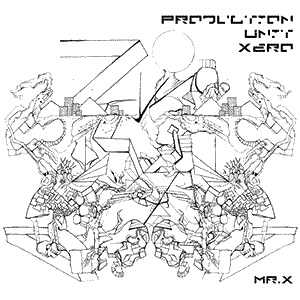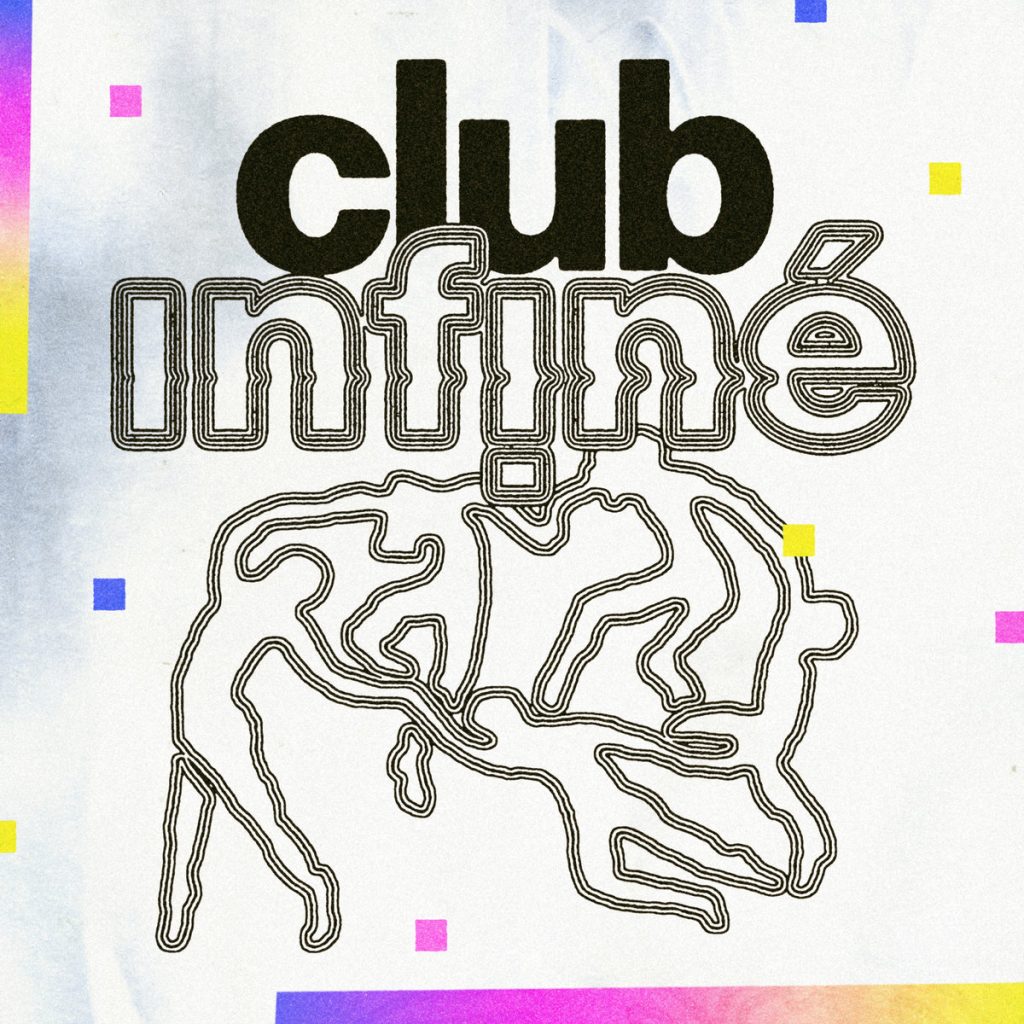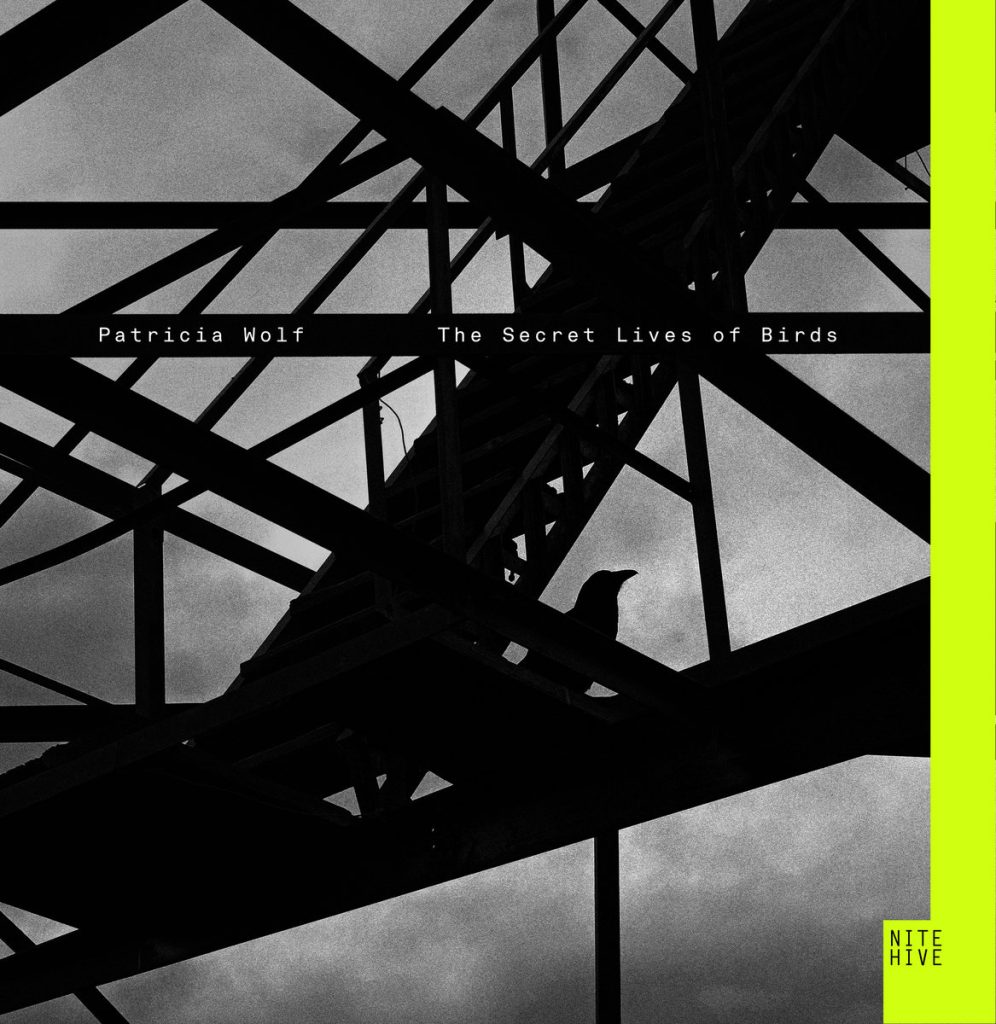What is Ritual Ambient?
Exploring the Depths of Ritual Ambient: An Introspective Journey Through Sound
In the diverse world of ambient music, “Ritual Ambient” stands as a profound and mesmerizing subgenre that merges the ethereal qualities of ambient soundscapes with the ancient and often spiritual connotations of ritualistic practices. This subgenre provides listeners with an auditory experience that transcends mere background music, delving into deeper realms of meditation, introspection, and spiritual connectivity. This exploration into Ritual Ambient will dissect its historical roots, musical characteristics, key influences, notable artists, and seminal albums that have come to define its darkly enigmatic nature.
Origins and Historical Context
Ritual Ambient has its origins deeply embedded in the traditional ambient genre, drawing from pioneers like Brian Eno and Harold Budd. However, it diverges by incorporating elements that invoke ancient and mystical atmospheres, often utilizing a variety of unconventional sounds and instruments associated with historical or religious rituals. The genre’s evolution is marked by an increasing inclusion of global musical influences, including Tibetan singing bowls, Gregorian chants, and tribal percussion, weaving these into the ambient fabric to create soundscapes that feel both ancient and timeless.
The rise of Ritual Ambient is also closely linked with the growth of industrial and dark ambient in the 1980s and 1990s. Bands and artists within these genres began experimenting with more structured forms of sound that not only created mood or atmosphere but evoked the ceremonial and the sacred. This led to a distinct style characterized by its thematic and sonic depth.
Musical Characteristics and Sound Design
Ritual Ambient is characterized by its layering of drones, ethereal synths, and often a minimalist approach to melody. What sets it apart is the use of repetitive, trance-inducing rhythms and the sounds of traditional ritual instruments. These elements combine to create a sound that is hypnotic and deeply atmospheric, often intended to facilitate meditation or spiritual introspection.
The texture in Ritual Ambient is crucial; it tends to be dense, with sounds overlapping and intertwining to form a tapestry that is both complex and cohesive. The incorporation of field recordings—such as the rustling of leaves, water flowing, or the distant sound of chanting—adds a live, organic feel that transports the listener to other times or places.
Influences and Inspirations
Ritual Ambient draws from a broad spectrum of cultural and historical sources. Influences range from indigenous music traditions to ancient pagan rituals, and from Eastern spiritual practices to Western esotericism. This eclectic mix not only enriches the genre’s sound palette but also its thematic diversity, allowing artists to explore various spiritual and mystical traditions through their music.
The genre is also significantly influenced by literature and mythology, with many artists using these narratives to shape the thematic direction of their compositions. This results in albums that are not just collections of tracks but are cohesive thematic explorations that invite the listener on a narrative journey.
Key Artists and Albums
- Robert Rich – Known for his deep ambient compositions, Rich’s album “Trances/Drones” is considered seminal within the genre, particularly for its use of slow, evolving textures and hypnotic rhythms that mimic the ebb and flow of ceremonial music.
- Steve Roach – His album “Structures from Silence” delves into the contemplative and mystical, utilizing spacious synths and complex acoustics to craft soundscapes that are meditative and profound.
- Lustmord – Often cited as a key figure in dark ambient, Lustmord’s “Heresy” series explores the darker edges of Ritual Ambient with its cavernous depths and unsettling soundscapes, invoking the ambiance of ancient and forgotten rituals.
- Halo Manash – With “Se Its En,” Halo Manash uses a combination of acoustic instruments and natural sounds to create a sonic representation of northern shamanistic traditions, offering a raw and immersive listening experience.
Global Influences and Ethical Considerations
The global influences that permeate Ritual Ambient music also bring to the forefront questions of cultural appropriation versus appreciation. Artists in the genre draw from a wide array of cultural traditions, incorporating instruments, scales, and rhythms from around the world. While this has led to a richly diverse sonic palette, it also necessitates a mindful approach to cultural elements, ensuring that they are treated with respect and sensitivity.
Discussions within the community often revolve around the ethics of cultural exchange in music, pushing artists to engage more deeply with the origins and significance of the elements they incorporate into their work. This engagement not only enriches the music but also fosters a greater understanding and appreciation among listeners for the cultures that have inspired it.
Explorations in Sound and Spirituality
Ritual Ambient music often serves as a conduit for spiritual exploration, both for the artist and the listener. The repetitive, trance-like quality of the music invites a meditative state, where one can delve deeper into personal introspection or collective experience. This aspect of the genre makes it particularly appealing for use in meditation sessions, yoga classes, and other spiritual or therapeutic settings, where the goal is to foster a deep sense of inner peace and awareness.
Technological Integration and Artistic Innovation
In the realm of Ritual Ambient, technological advancements have opened up new avenues for artistic expression. Artists utilize a range of software and hardware synthesizers, samplers, and digital effects to create and manipulate sounds in ways that were not possible in the genre’s early days. This integration of technology allows for greater experimentation with textures and tones, enabling artists to craft ever more intricate and immersive soundscapes.
Moreover, many Ritual Ambient musicians collaborate with visual artists, filmmakers, and dancers to create multi-sensory experiences that enhance the impact of the music. These collaborations often result in performances and installations that are as visually captivating as they are sonically, providing audiences with a holistic experience that can be profoundly moving and transformative.
Global Influences and Ethical Considerations
The global influences that permeate Ritual Ambient music also bring to the forefront questions of cultural appropriation versus appreciation. Artists in the genre draw from a wide array of cultural traditions, incorporating instruments, scales, and rhythms from around the world. While this has led to a richly diverse sonic palette, it also necessitates a mindful approach to cultural elements, ensuring that they are treated with respect and sensitivity.
Discussions within the community often revolve around the ethics of cultural exchange in music, pushing artists to engage more deeply with the origins and significance of the elements they incorporate into their work. This engagement not only enriches the music but also fosters a greater understanding and appreciation among listeners for the cultures that have inspired it.
Other Prominent Releases and the Role of Labels
The proliferation of independent labels specializing in ambient and experimental music has been crucial in promoting Ritual Ambient. These labels not only distribute music but also cultivate communities of artists and listeners who share a deep appreciation for the genre’s depth and diversity.
Albums such as Phurpa’s “Trowo Phurnag Ceremony” offer a deep dive into the ritual music of Bon, a pre-Buddhist tradition from Tibet, featuring overtone chanting and traditional instruments. This album stands as a profound example of how ancient rituals can be preserved and transformed through the lens of Ritual Ambient music.
Another notable release is Atrium Carceri’s “Codex”, which blends atmospheric soundscapes with darker, more cinematic elements to evoke the imagery of ancient manuscripts and forgotten wisdom. This album showcases the narrative potential of Ritual Ambient, telling stories through sound that transport listeners to other times and places.
Cultural and Community Impact
The Ritual Ambient community, though niche, is intensely dedicated. Online forums, small labels, and festivals dedicated to ambient music provide vital spaces for fans and artists to connect, share, and experience the music live. These gatherings are often more than just concerts; they are communal experiences that mirror the communal and ceremonial aspects of the music itself.
Ultimately, Ritual Ambient music is about the journey it offers to listeners—a journey that can be profoundly personal and uniquely transformative. Through the careful layering of sounds and the integration of diverse cultural elements, this genre invites listeners to step outside of their everyday experiences and enter a world where sound, spirituality, and imagination intertwine.
As Ritual Ambient continues to evolve, it remains a vibrant testament to the power of music to connect us to the deeper aspects of our humanity and the universal quest for meaning and connection. Through each drone, each bell toll, and each whisper of wind captured in these compositions, Ritual Ambient artists continue to offer us a soundtrack for reflection, for ritual, and for a deeper engagement with the worlds both within and around us.




